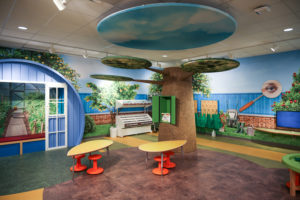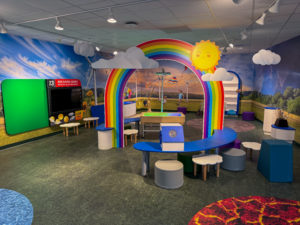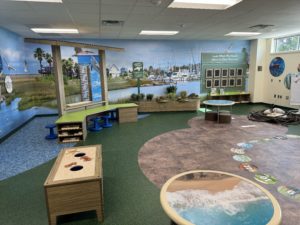The Heart of the Preschool Classroom
Step into any vibrant, thriving preschool classroom, and you’ll likely find more than just dress-up materials and finger paints. You’ll discover an environment buzzing with intentional play and hands-on learning. From the chatter between children acting out stories in the dramatic play center to the quiet concentration in the reading nook, learning centers are the heart of early childhood education. These thoughtfully designed spaces do more than entertain; they invite curiosity, spark independence, and lay the foundation for cognitive development beyond preschool.
What Are Learning Centers and Why Do They Matter?
Learning centers, also known as interest areas, are considered a best practice in early childhood. They promote independence and social-emotional development, and they underscore the importance of play as a powerful avenue for learning. Materials selected for centers should be intentionally chosen and offer a variety of open-ended possibilities. As a kindergarten teacher, I often used centers as a structured way for students to practice skills introduced during small group or whole group instruction in a fun and differentiated way. Centers also provided valuable opportunities for me to observe student learning and collect anecdotal notes to inform assessments and planning.

Photo: A themed math center designed to complement a featured fixture (alligator) in the classroom in the Gulf Coast Classroom at Alief ISD, Martinez Early Learning Center.
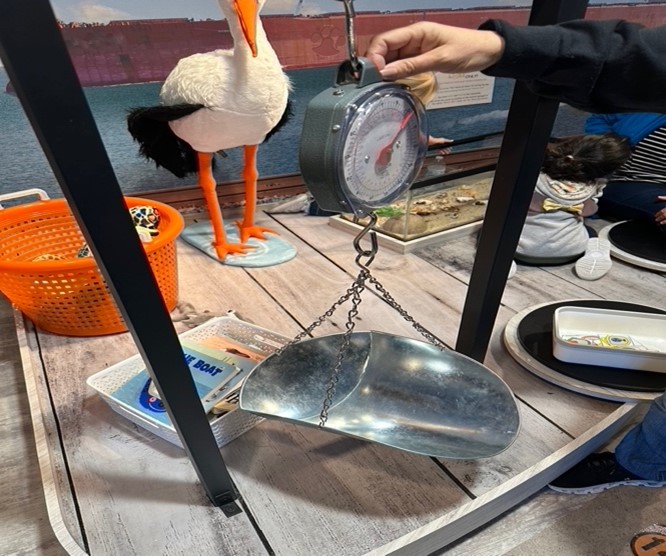
Photo: A child using a fixed, hanging balance scale in a center to weigh various aquatic animals in the Gulf Coast Classroom at Gregory-Portland ISD’s Early Childhood Center.
Designing for Discovery: Immersive Classrooms and Large-Scale Elements
Experiential learning classrooms are intentionally designed with large-scale elements that anchor the classroom and invite children into immersive experiences through centers. For example, a dramatic play center might feature a child-sized veterinarian office, costumes, and props that inspire role play and storytelling. A sensory table might be filled with water, sand, or textured materials to stimulate touch and fine motor skills. These centers can be further enhanced with the addition of murals. These spaces aren’t just fun, they’re purposeful!
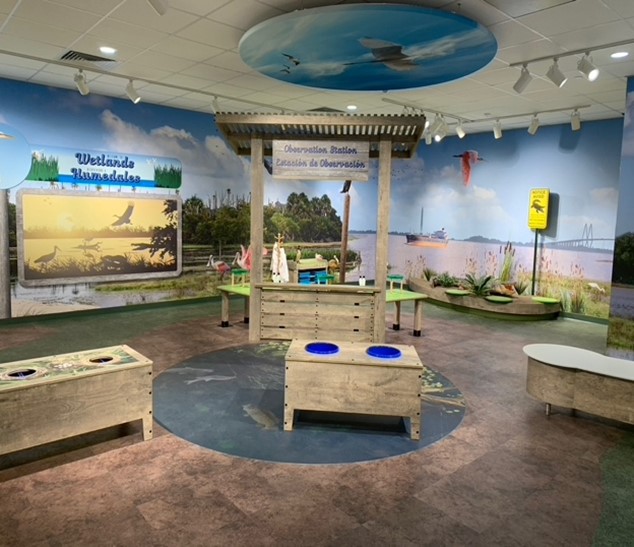
Photo: A science observation station designed to simulate a wetland environment, encouraging inquiry-based learning in the Wetlands Classroom at Goose Creek CISD.
Choice Fuels Engagement
The best thing about centers in experiential learning classrooms is that they give children the opportunity to make choices. Research shows that when teachers offer even simple options, student motivation increases. In their meta-analysis, The Effects of Choice on Instrinsic Motivation and Related Outcomes, Patall, Cooper, and Robinson (2008) found that providing choice generally has a positive impact on motivation, task performance, and learning outcomes. Structuring centers early in the day, in a play-based and engaging way, can spark interest and set a positive tone for continued participation.
Learning centers are more than just a routine, they are a powerful tool for building autonomy, supporting engagement, and creating joyful learning experiences. By offering children choice-filled and structured learning centers, we nurture motivated, curious learners right from the start!
Want to see how these spaces come to life? Explore more of our work or contact us to discuss options for your district.

